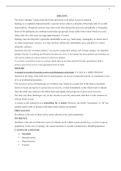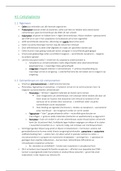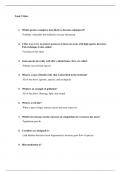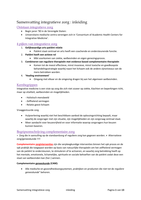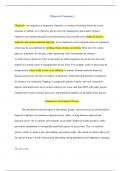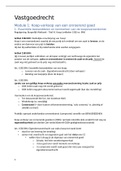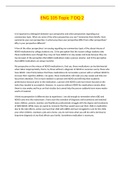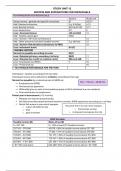College aantekeningen
Epilepsy & Behavior
- Vak
- Instelling
This study assessed the strengths of association among perceived stress, felt stigma, and depression in adults with epilepsy, and evaluated whether felt stigma altered the association between perceived stress and depression. Felt stigma may potentiate the relationship between perceived stress and ...
[Meer zien]
